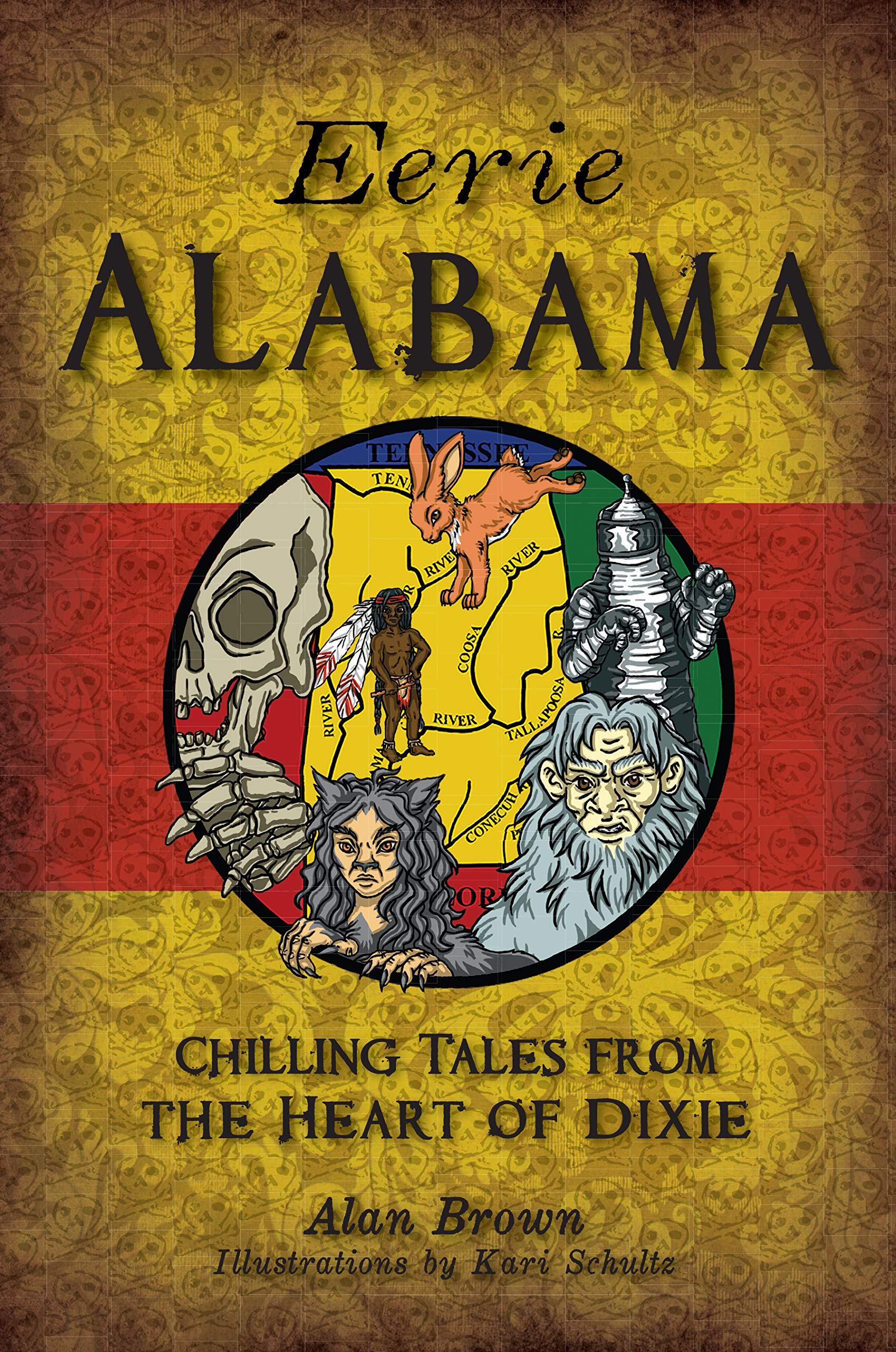In local folklore, abandoned hospitals are the perfect breeding ground for ghosts, most likely because so many people die there. Not surprisingly, one of the most haunted sites in the entire United States—the Waverly Hills Tuberculosis Sanitorium—is a hospital that has been closed since 1961. Most of the ghost stories connected with these creepy buildings has been produced by generations of teenagers who defy the “No Trespassing” signs in an effort to catch a glimpse of a ghost. The most legendary abandoned hospital in East Kentucky is the Swingle Hospital in Johnson City.
The legends surrounding Swingle Hospital are so fantastic that they are most likely apocryphal. The story goes that Dr. Swingle was an incompetent surgeon who practiced in Johnson City in the 1920s. Even though most of the procedures he performed were relatively minor, most of his patients died on the operating table. To hide his “mistakes,” Dr. Swingle buried the corpses in the back yard. Today, the Swingle Hospital is off-limits to curiosity seekers. After a fire broke out in the building, it was boarded up, and “No Trespassing” signs were posted. Supposedly, the people who live behind Swingle Hospital now own the property. They are very tight-lipped people who refuse to discuss the ghosts with visitors.
It is said that if you walk up the front walkway to the main entrance, you can hear the voices of Dr. Swingle and his assistants. If you walk around the back of the building, you can hear the cries of the victims of his botched operations. Young people dead set on investigating the truthfulness of the legends claim that when they broke into the old building, they found medical books, magazines. Manuals, surgical instruments, and tangled sheets were scattered all over the floor. A number of rusty old file cabinets were stored in the basement. Some interlopers claim to have caught orbs on photographs taken inside the old hospital. They have also detected cold spots and hot spots in the house. One young woman who walked around the back of the hospital felt herself being overcome with emotion.
The actual history of Swingle Hospital is much less intriguing than the legends that young people in Johnson City tell about it. In the early 1940s, Dr. Edward Thurston Brading, who had been practicing medicine out West, returned to East Tennessee with the intention of setting up a clinic in Johnson City. Over the next few weeks, Dr. Brading set about recruiting physicians who would be interested in working in a Mayo Clinic-style doctor’s office. Responding to Dr. Brading’s job offer were Dr. Carroll H. Long, Dr. Jack Gordon, and Dr. Hugh F. Swingle. Dr. Gordon’s father, Mr. L. E. Gordon, loaned the doctors’ money to buy the Adam Crouch property on North Roan Street. Once the clinical operation was up and running, the four doctors were joined by a pediatrician from Charleston, South Carolina, named Dr. Owen Ravenel. The doctors’ partnership ended after two years. Dr. Long had to leave the group to complete his board certification at Bowman Gray School of Medicine. After Dr. Ravenel left, Dr. Brading and Dr. Swingle tried to run the clinic on their own, but after a few weeks, the only Dr. left in the hospital was Dr. Swingle. He tried to run the clinic on his own under the name “Swingle Hospital,” but a staff infection and his inability to attract another partner forced him to close the clinic in the early 1950s. Dr. Swingle then went to work at the local V.A. Hospital and at several institutions at Mountain Home, Tennessee, and in North Carolina. Dr. Swingle died of colon cancer.
Most of the legends of Swingle Hospital can be easily refuted. First of all, the hospital opened in the 1940s, not the 1920s, as many locals believe. Elderly people who were patients of Dr. Swingle remember him as a kindly and very skilled surgeon. Because the white boards that seal up the windows and doors are very thick, it is unlikely than anyone has been able to break into the old hospital. Until the owners allow a bonafide scientific investigation to be conducted at Swingle Hospital, the legends will most likely continue to grow.



Recent Comments